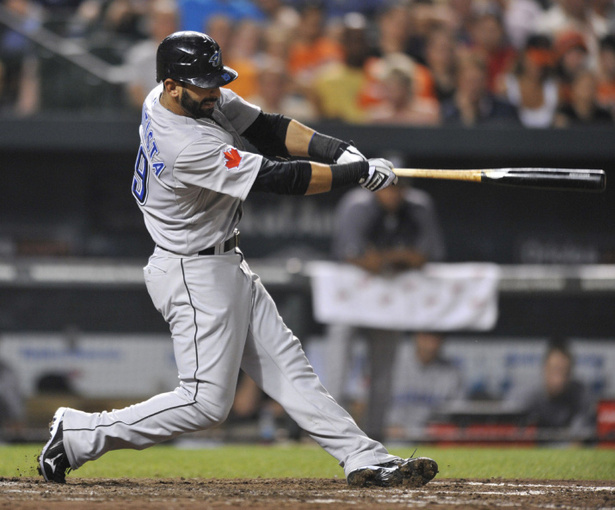What’s the difference between a “hit and run” and a “run and hit”? (Part 2)
October 17, 2014 by Coach McCreary
Filed under Base Running, Coaching, Hitting
In yesterday’s Part 1 post I listed several components and details about the Hit and Run play. Today it’s the Run and Hit play. Just like the Hit and Run, the Run and Hit is a strategy that has its own set of pros and cons as well as details that go into the proper execution of the play. Below are several of these in no particular order. Just like yesterday, it’s a mix of explanation, strategy, and finer points.
The Run and Hit.
- The ultimate purpose of a Run and Hit is to try and score the runner from first base on a single hit which means a Hit and Run type swing (ground ball) doesn’t cut it. A tentative Hit and Run jump
at first base on the part of the runner doesn’t cut it either.
- On a HIt and Run, the higher priority is for the batter to swing and put the ball in play on the ground somewhere. The priority in a Run and Hit is for the runner to steal second base. The hitter’s job is to swing the bat if the pitch is one that he can drive somewhere. The hitter is NOT obligated to swing. If he does, a simple ground ball is not his goal. He should be looking for a gap which means looking for a pitch above the knees and in a spot where he can get the barrel on the ball.
- Both the runner and the batter take much more of an aggressive approach to their end of the play. Tentative swings are a no-no. Tentative jumps are a no-no. The runner tries to steal second base and the batter tries to drive the pitch if he gets a good one. Because the batter does not have to swing at the pitch, the runner has to make more of an attempt to make it safely to second base.
- The runner treats a Run and Hit like a straight steal, he is NOT obligated to peek in on the pitch. He focuses on second base in order to steal the bag. Because he is not looking at the pitch, the runner must utilize his sense of hearing and listen for the sound of bat hitting ball. If he hears it, he must do two things simultaneously – 1) look for evidence as to where the ball was hit, and 2) pick up (look at) the third base coach for direction (“BACK!” or “COME ON, COME ON!!”)
- The downside of not knowing where the ball is is that the runner can often be decoyed by the middle infielders. The phrase “trust but verify” applies here. A post in the near future will discuss much more about decoys.
- I didn’t mention this yesterday but on both the Hit and Run and the Run and Hit, coaches should look for counts where the pitcher must throw a strike and preferably a fastball. 1-0 and 2-1 are good examples. Avoid both plays when there is a pitcher on the mound who can’t throw strikes. If he can’t find the plate, just let him walk the hitters.
I’m sure there could be more said about both the Hit and Run and the Run and Hit but hopefully after these two posts you will have a better idea of the differences, the pros and cons, and situations where it may work.
Next post: Going with your hunch as a coach






Leave a Reply